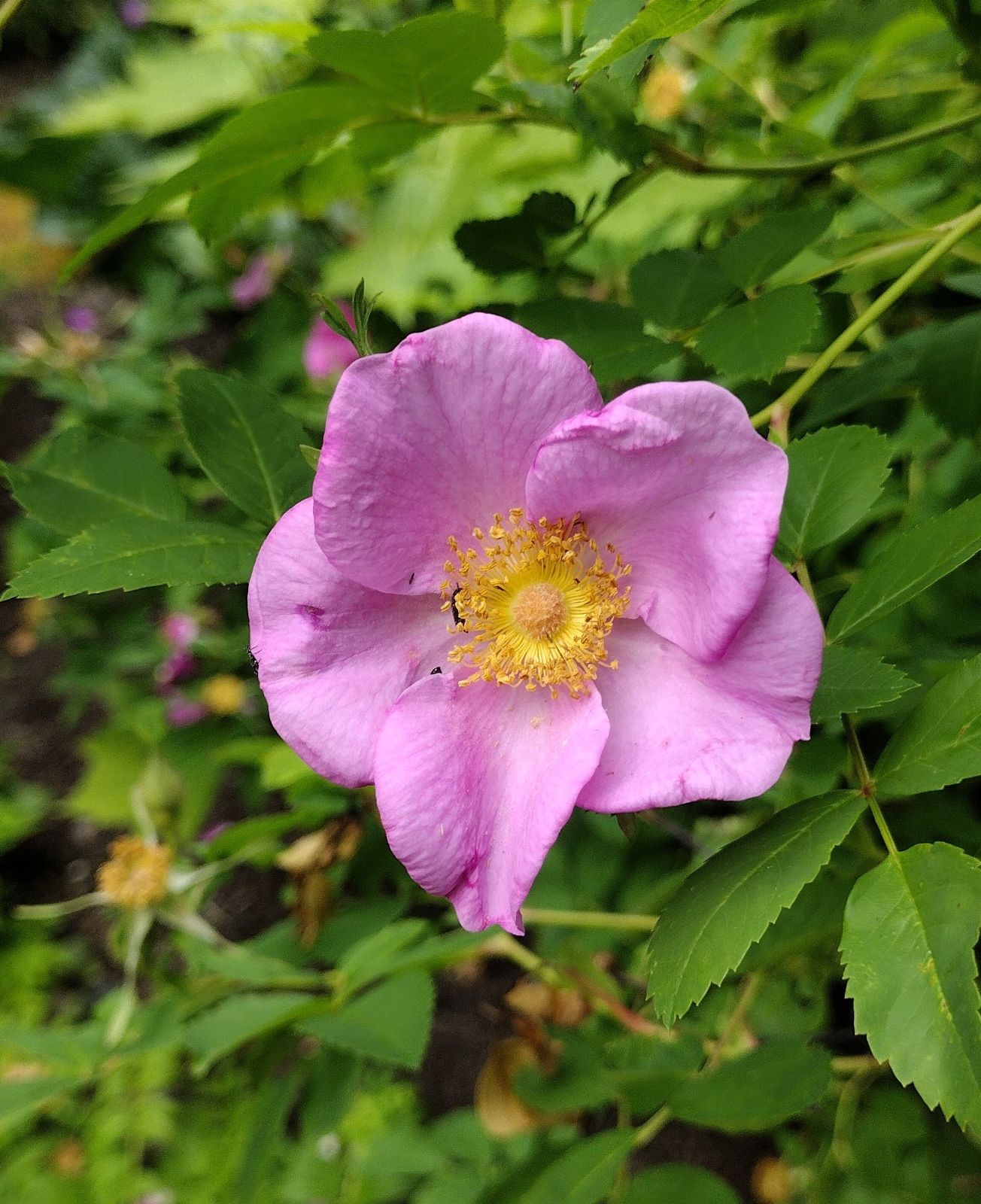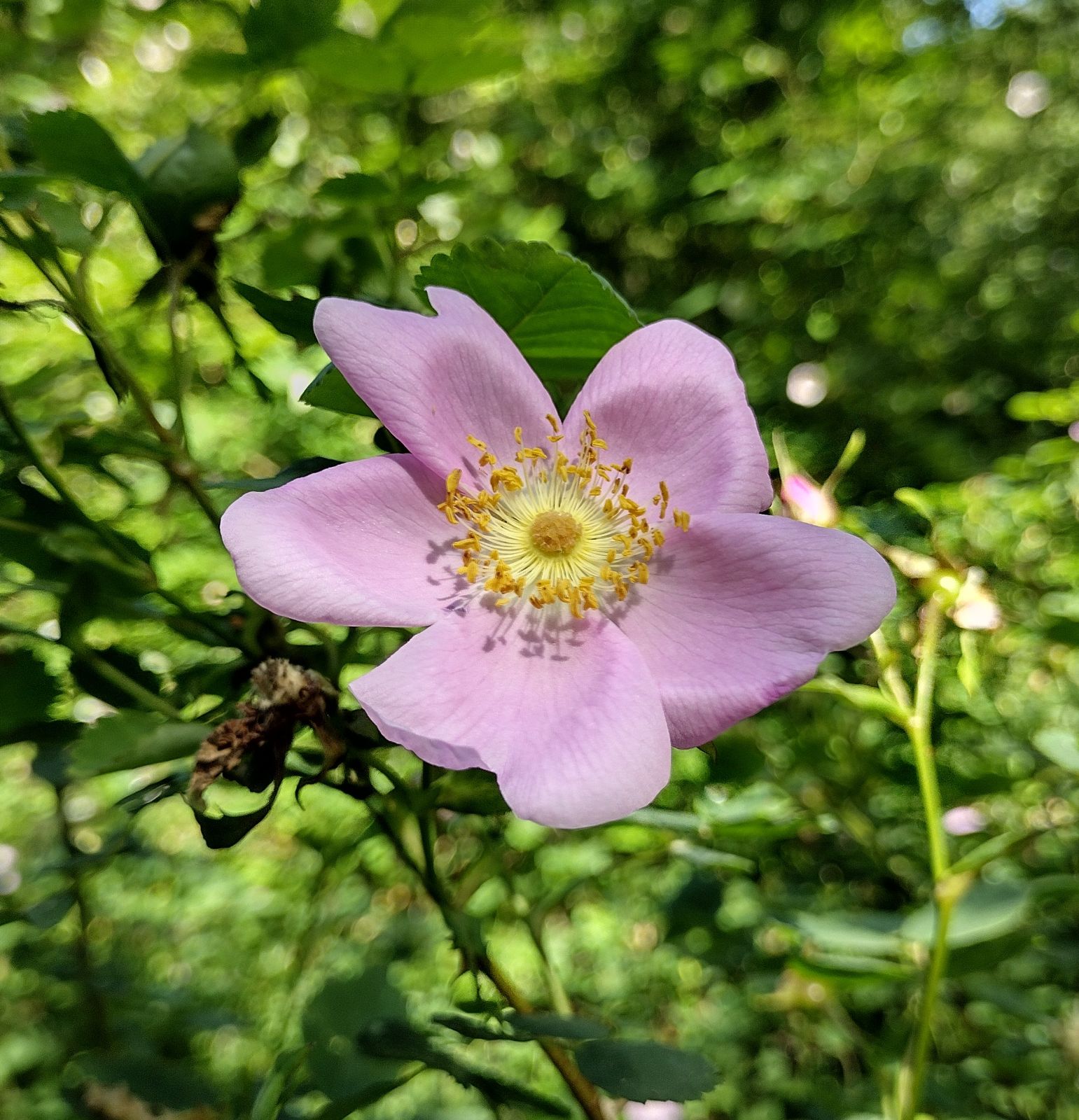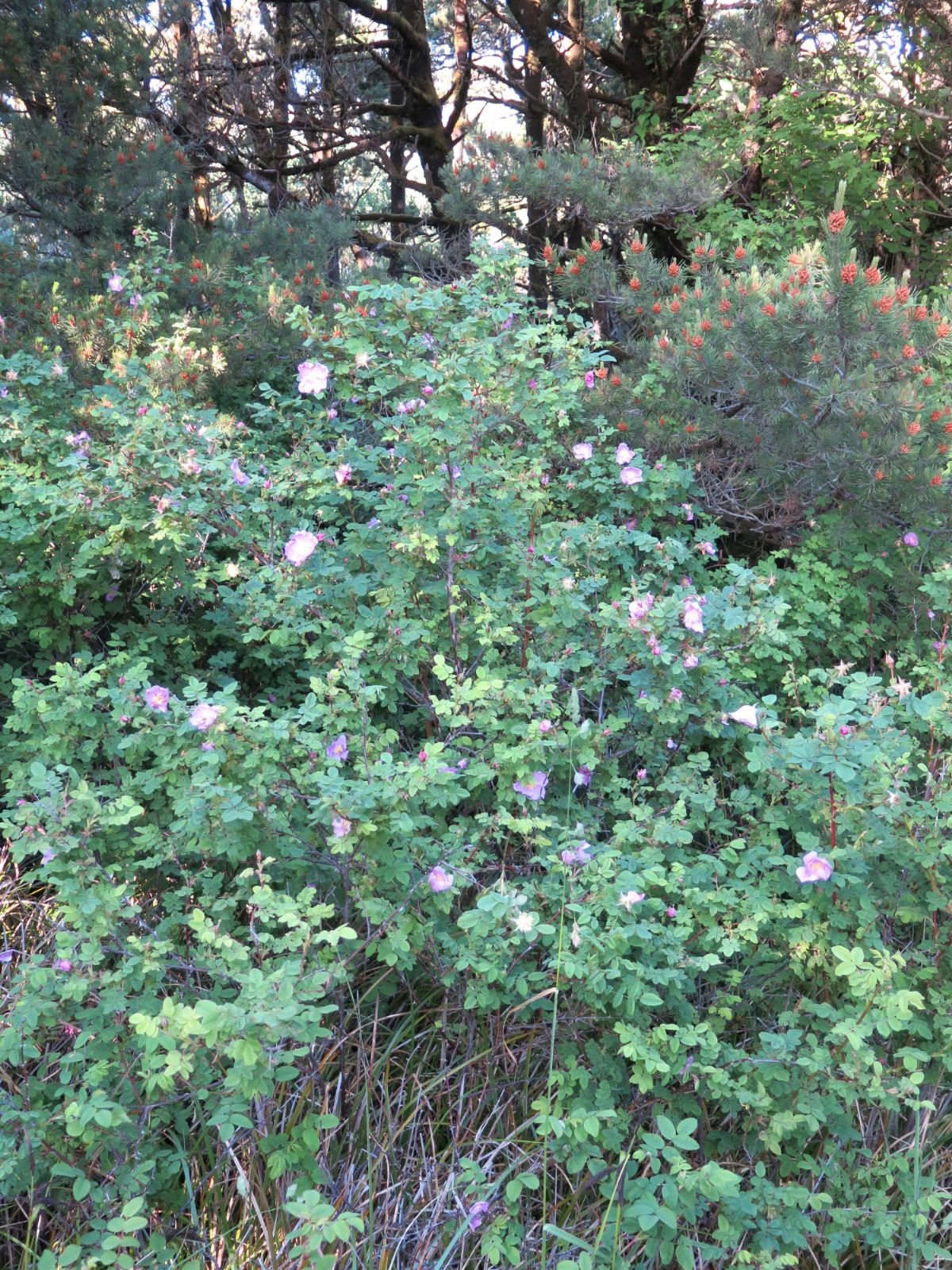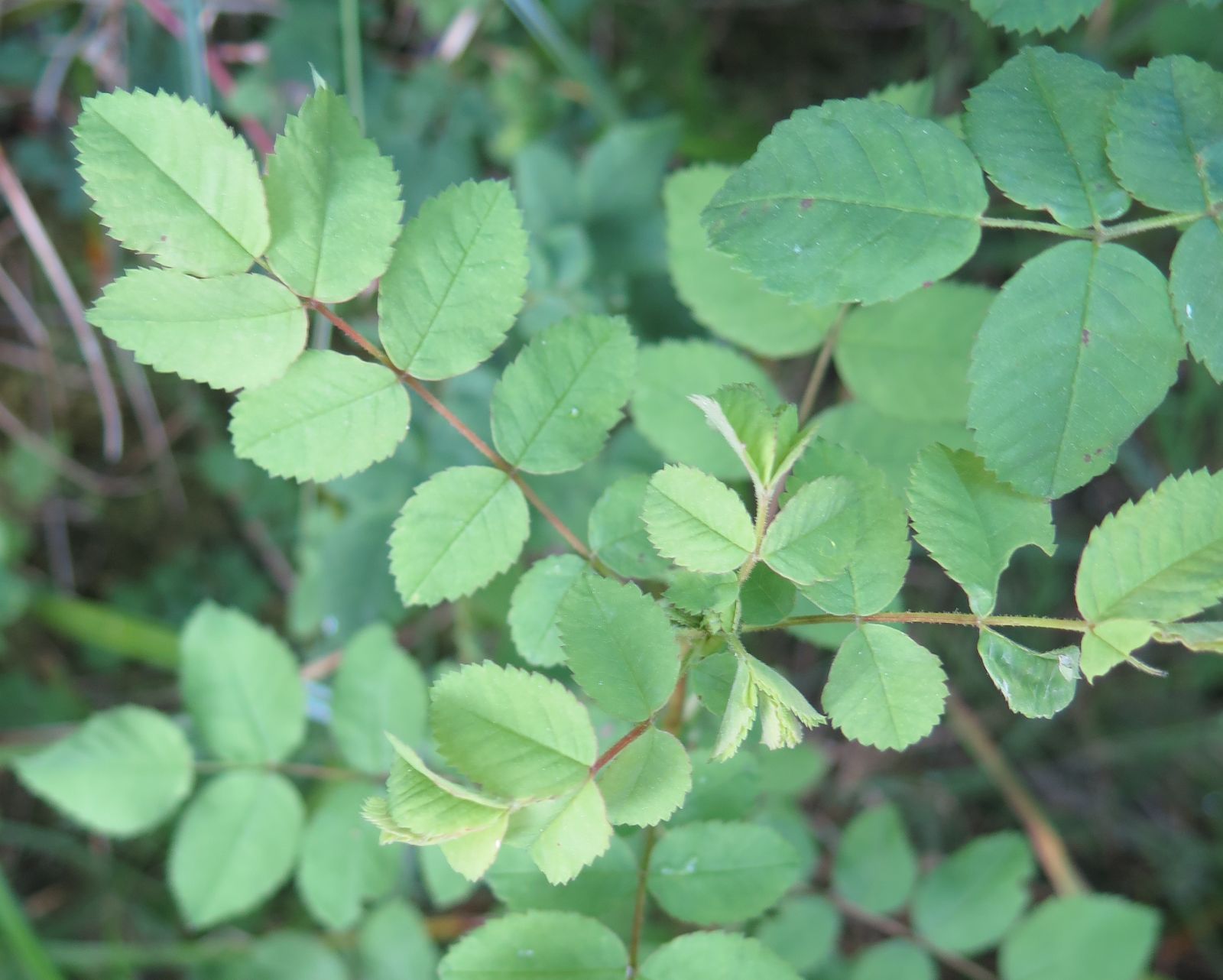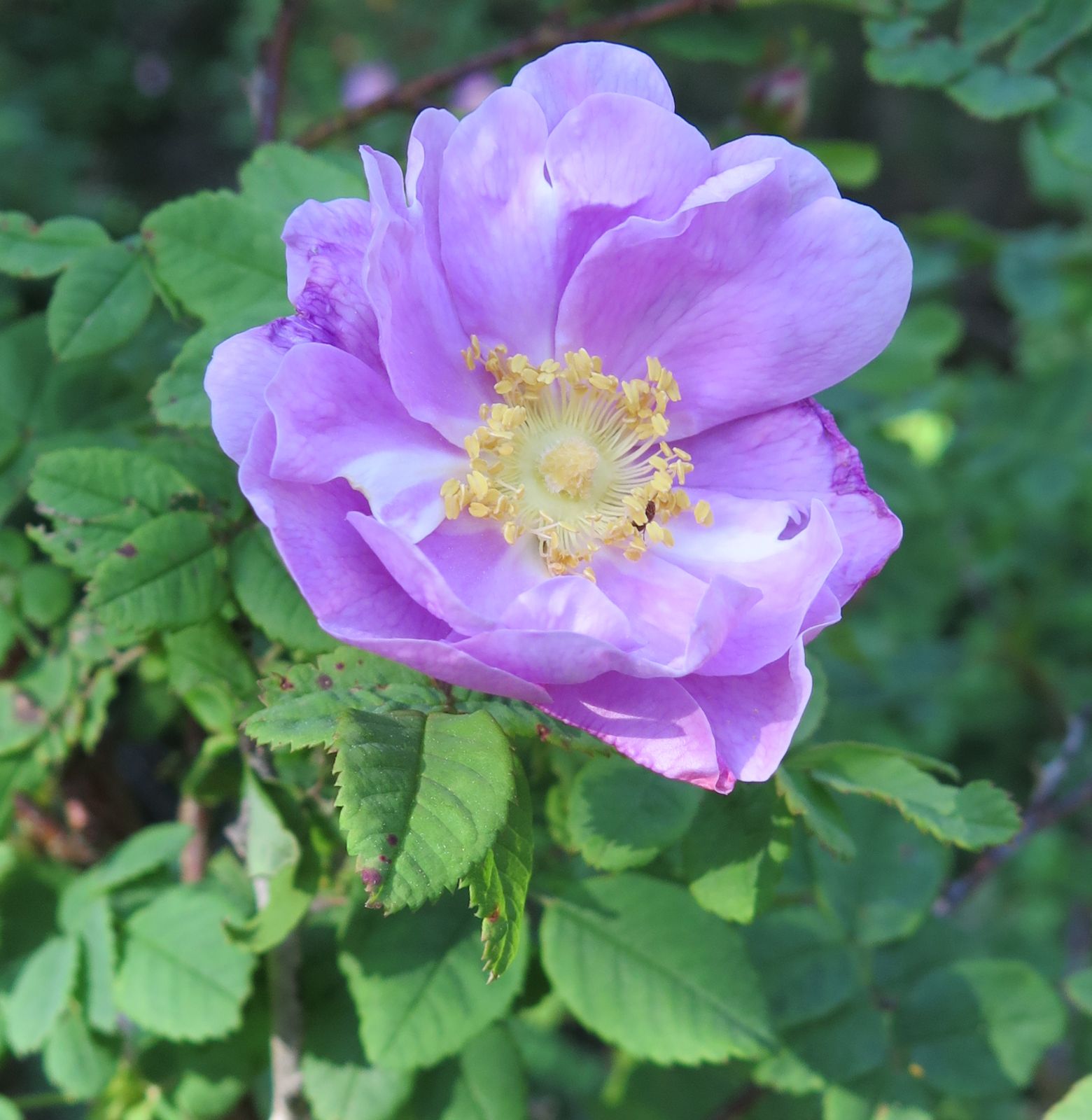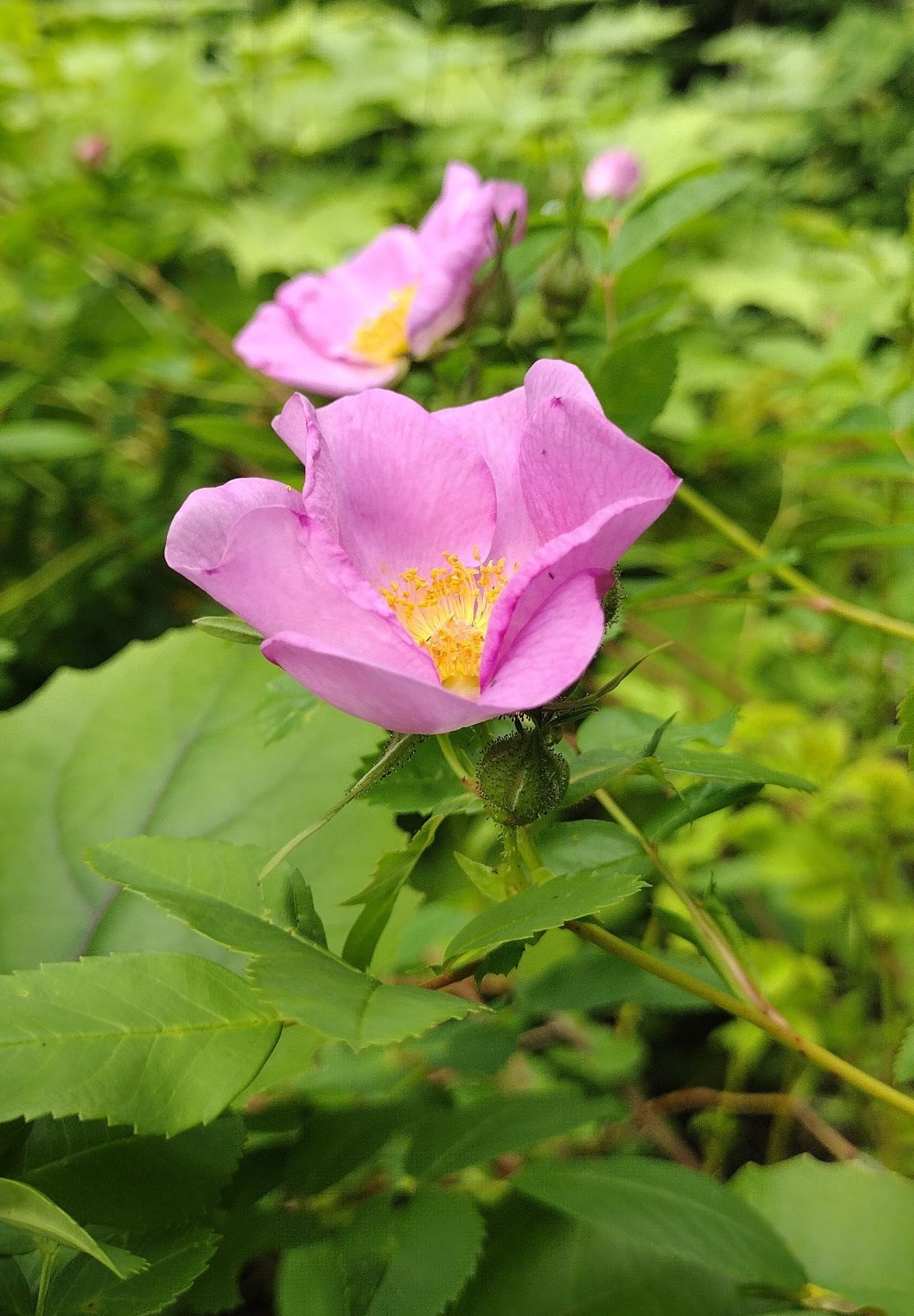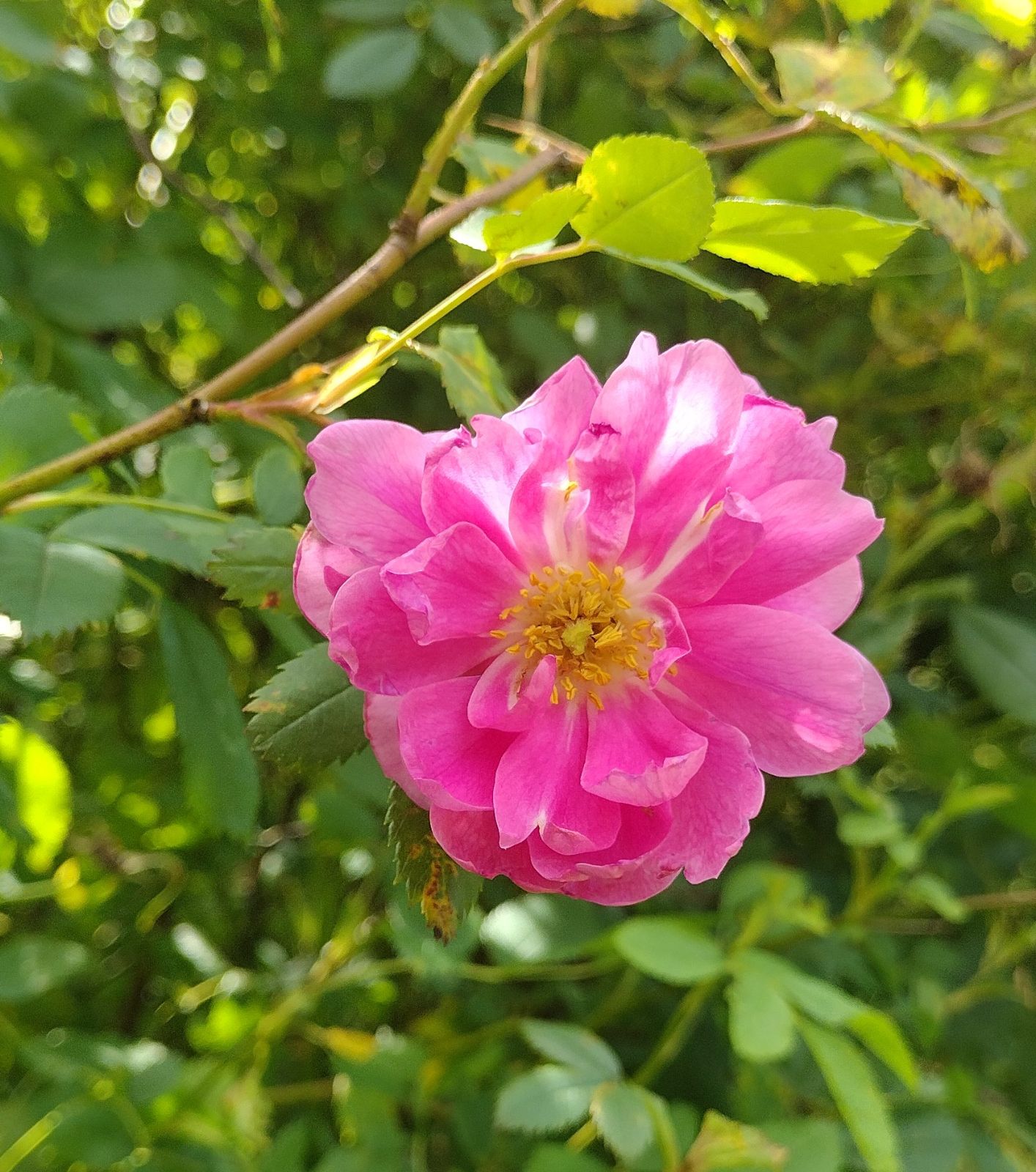Rosa nutkana
Credits
Article from Bean's Trees and Shrubs Hardy in the British Isles
Recommended citation
'Rosa nutkana' from the website Trees and Shrubs Online (treesandshrubsonline.
Genus
Synonyms
- R. fraxinifolia sens . Borrer in Hook.
- Fl. Bor. Amer ., not Borkh.
Infraspecifics
Other taxa in genus
- Rosa acicularis
- Rosa × alba
- Rosa albertii
- Rosa anemoniflora
- Rosa arkansana
- Rosa arvensis
- Rosa banksiae
- Rosa beggeriana
- Rosa biebersteinii
- Rosa blanda
- Rosa bracteata
- Rosa brunonii
- Rosa californica
- Rosa canina
- Rosa carolina
- Rosa centifolia
- Rosa cerasocarpa
- Rosa chinensis
- Rosa corymbulosa
- Rosa damascena
- Rosa davidii
- Rosa 'Dupontii'
- Rosa ecae
- Rosa eglanteria
- Rosa elegantula
- Rosa elymaitica
- Rosa fedtschenkoana
- Rosa filipes
- Rosa foetida
- Rosa foliolosa
- Rosa × fortuniana
- Rosa × francofurtana
- Rosa gallica
- Rosa gigantea
- Rosa glauca
- Rosa glutinosa
- Rosa gymnocarpa
- Rosa × harisonii
- Rosa helenae
- Rosa hemisphaerica
- Rosa × hibernica
- Rosa hugonis
- Rosa × involuta
- Rosa jundzillii
- Rosa laevigata
- Rosa longicuspis
- Rosa 'Macrantha'
- Rosa macrophylla
- Rosa majalis
- Rosa maximowicziana
- Rosa moyesii
- Rosa mulliganii
- Rosa multibracteata
- Rosa multiflora
- Rosa nitida
- Rosa palustris
- Rosa pendulina
- Rosa persica
- Rosa pimpinellifolia
- Rosa pisocarpa
- Rosa × polliniana
- Rosa prattii
- Rosa pulverulenta
- Rosa × reclinata
- Rosa × reversa
- Rosa × richardii
- Rosa roxburghii
- Rosa rubiginosa
- Rosa rubus
- Rosa rugosa
- Rosa sempervirens
- Rosa sericea
- Rosa setigera
- Rosa setipoda
- Rosa sicula
- Rosa soulieana
- Rosa stellata
- Rosa tomentosa
- Rosa villosa
- Rosa virginiana
- Rosa 'Watsoniana'
- Rosa webbiana
- Rosa wichuraiana
- Rosa willmottiae
- Rosa xanthina
A robust shrub 6 to 10 ft high, its prickles stout, usually straight, with a broad flattened base, paired at the nodes, sometimes 1⁄2 in. long on the young barren stems, often absent from the flowering branchlets. Leaves 3 to 5 in. long; rachis glandular. Leaflets five to nine, elliptic or ovate, 3⁄4 to 2 in. long, typically edged with compound glandular teeth (but see var. hispida), glandular and sometimes downy beneath. Flowers solitary or in twos or threes, bright red, 2 to 21⁄2 in. across. Receptacles and pedicels smooth or glandular-bristly. Sepals 1 to 11⁄2 in. long, narrow, with an expanded leaf-like apex, smooth or glandular-bristly and more or less downy. Fruits globose or orange-shaped, red, 1⁄2 to 5⁄8 in. wide, crowned with the long, erect sepals.
Native of western N. America; described in 1851 from a specimen collected on Nutka Sound in 1791 by Haenke, botanist on the Malaspina expedition; specimens collected later by Menzies, Douglas and others were identified as R. fraxinifolia, which, in Lindley’s sense, is R. blanda. There appears to be no record of its cultivation in Britain before 1884. It is a handsome wild rose, perhaps the handsomest of W. American species, and flowers and fruits well in this country.
'Plena'
var. hispida Fern.
Synonyms
R. spaldingii Crép.
R. macdougalii Holzinger

